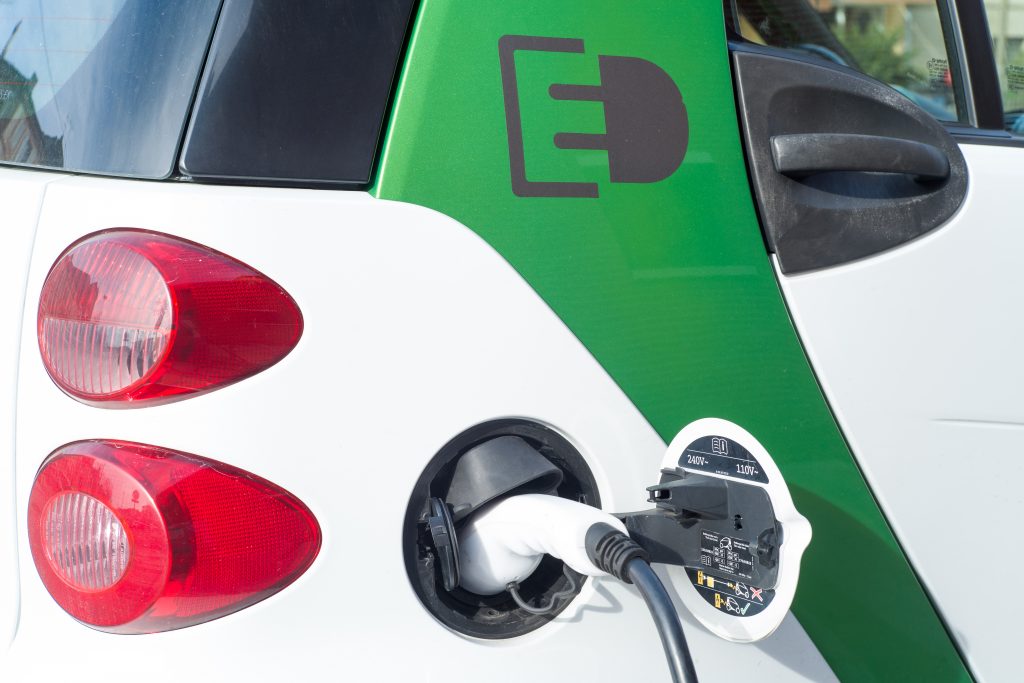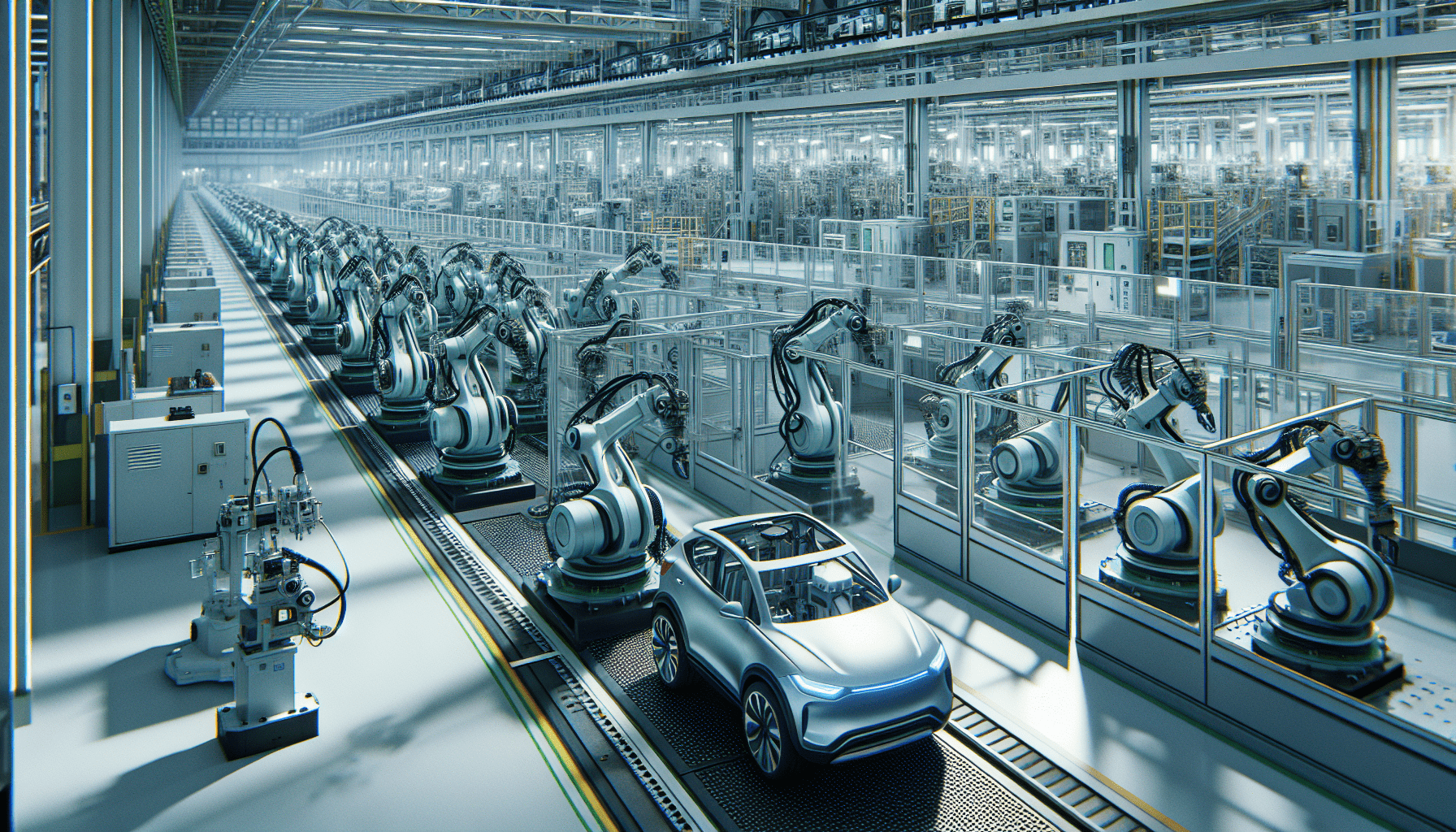Trading Battery Advancements in the Electric Vehicle Sector
Innovations in the electric vehicle (EV) sector, such as the successful development of solid-state batteries, could dictate the future of global transportation.

Tesla’s (TSLA) innovative approach in the electric vehicle (EV) sector has shaken up a massive industry long-dominated by combustible engines and fossil fuels.
But, full electrification of the global consumer vehicle fleet won’t be an easy feat, especially because the world’s existing infrastructure for consumer vehicles is almost completely dedicated to gas-burning vehicles.
For example, to power a global fleet of consumer vehicles fueled exclusively by electricity, it’s estimated that global electricity production would have to increase by 30%-40%. On top of that, all of those vehicles would need access to charging stations.
Daunting challenges to be sure.
But in the more immediate future, one of the most significant obstacles for mass EV adoption relates to advances in battery technology—or lack thereof.
The current limitations for EVs, as most are aware, include limited driving ranges and long recharging times. Today, the average charge time for an electric vehicle is eight hours, while the average range is about 200 miles. Mass adoption won’t occur until these figures improve dramatically.
Investors and traders seeking to track advances in the EV sector may therefore want to keep a close eye on innovations related to solid-state battery technology—viewed as the most likely successor to existing lithium-ion technology.
A breakthrough on the solid-state battery front would in all likelihood represent a watershed moment in transportation history.
The problem with existing lithium-ion technology is that fast-charging isn’t only suboptimal in terms of duration, it’s also potentially dangerous. When lithium-ion batteries are charged too quickly, they can catch fire or cause short-circuiting.
These dangers exist because fast-charging can stimulate the formation of dendrites in existing lithium-based batteries, which are essentially needle-like formations of lithium. Such dendrites are unstable, unpredictable and are usually the primary culprit when lithium-ion batteries fail.
Solid-state batteries, on the other hand, can theoretically be recharged quickly, while removing the risks associated with fast-charging a lithium-ion battery.
Solid-state batteries function much like the name implies, relying on solid electrodes and a solid electrolyte, unlike the liquid or gel polymer electrolytes found in lithium-ion batteries. Because such liquids are heavy, that means solid-state batteries are lighter and theoretically provide higher energy density—lengthening the potential range of EVs and allowing for faster recharging times.
The removal of dendrite risk also means EVs powered by solid-state batteries should be safer to operate.
The problem is that solid-state batteries aren’t yet commercially viable. So far, reports suggest that small versions of solid-state batteries have been developed in laboratory settings, but that the technology necessary to power an EV, at a commercial level, has yet to be demonstrated.
Interestingly, it’s not Tesla at the forefront of solid-state battery innovation. The company hasn’t said much publicly about solid-state batteries and has instead stated its intent to produce more efficient lithium-ion batteries that offer longer ranges and faster recharging, as compared with current offerings.
Instead, it’s Toyota (TM), a legacy automotive player, that appears to be one of the leaders in the race toward a commercially viable solid-state battery. A Toyota EV prototype powered by a solid-state battery was expected to be unveiled at some point in 2022, but recent guidance offered by the company suggests that initial timeline won’t be met.
Recent remarks by Toyota public relations suggest that the company hopes to be the first to market with an EV powered by solid-state batteries at some point in the “early 2020s.”
Another exciting story in the solid-state niche involves a company named QuantumScape (QS), which went public by merging with a special purpose acquisition company (SPAC) last November. From Dec. 1 to Dec. 22, the company’s stock shot up from $47/share all the way to $130/share, appreciating more than 176%.
In early January, QS collapsed back down to $50/share, but it has since rebounded on the heels of several positive research reports. On Feb. 12, the stock rallied 20%, with shares currently trading above $55.
The company was originally spun out in 2010 from research conducted at Stanford University. QS has since entered a 50/50 joint venture with Volkswagen Group—the latter of which has invested $300 million into the project.
While not confirmed at a commercially-viable level, QS executives have suggested they’ve solved the “dendrite problem.” Early solid-state prototype batteries at QS are said to have demonstrated an ability to retain 80% of their capacity after more than 1,000 charging cycles. QS management has stated that the company hopes to produce a commercially viable solid-state battery by 2024.
But Toyota and QS aren’t the only horses in the solid-state battery race.
Research and development on solid-state batteries is also being conducted at General Motors (GM), Ford (F), Hyundai (HYMTF) and Samsung—to name a few of the larger players.
Even the British vacuum cleaner giant, Dyson, dipped its toes in the solid-state pool when it acquired Sakti3 for $90 million back in 2015. Sakti3 was founded by a former engineering professor at the University of Michigan. At the time, Dyson apparently planned to found its own EV division, but current information suggests that goal has since been abandoned.
As with many emerging technologies, one obstacle for solid-state batteries—if they do become commercially viable—is a high relative cost. A lithium-ion battery for a midsize car costs around $15,000, which is already considered to be roughly 50% higher than it should be to catalyze mass adoption.
That means even if solid-state batteries do appear in EV prototypes during the next couple years, it will likely take a while longer to create the economies of scale necessary to make them economically viable.
Regardless, the action in QS shares over the past several months clearly demonstrate that market expectations for solid-state batteries are extremely high. Whether QS, or another company, can ultimately deliver on these sky-high expectations is another question altogether.
Considering the stakes, investors and traders would therefore be wise to track future solid-state developments closely moving forward. The successful development of a commercially and economically viable product could reshuffle the pecking order within the EV sector, and possibly the transportation sector as a whole.
To follow everything moving the markets on a daily basis, readers are encouraged to tune into TASTYTRADE LIVE, weekdays from 7 a.m. to 4 p.m. CST.
Subscribe to Luckbox in print and get a FREE Luckbox T-shirt! See SUBSCRIBE or UPGRADE TO PRINT (upper right) for more info.
Sage Anderson is a pseudonym. The contributor has an extensive background in trading equity derivatives and managing volatility-based portfolios as a former prop trading firm employee. The contributor is not an employee of Luckbox, tastytrade or any affiliated companies. Readers can direct questions about any of the topics covered in this blog post, or any other trading-related subject, to support@luckboxmagazine.com.



















